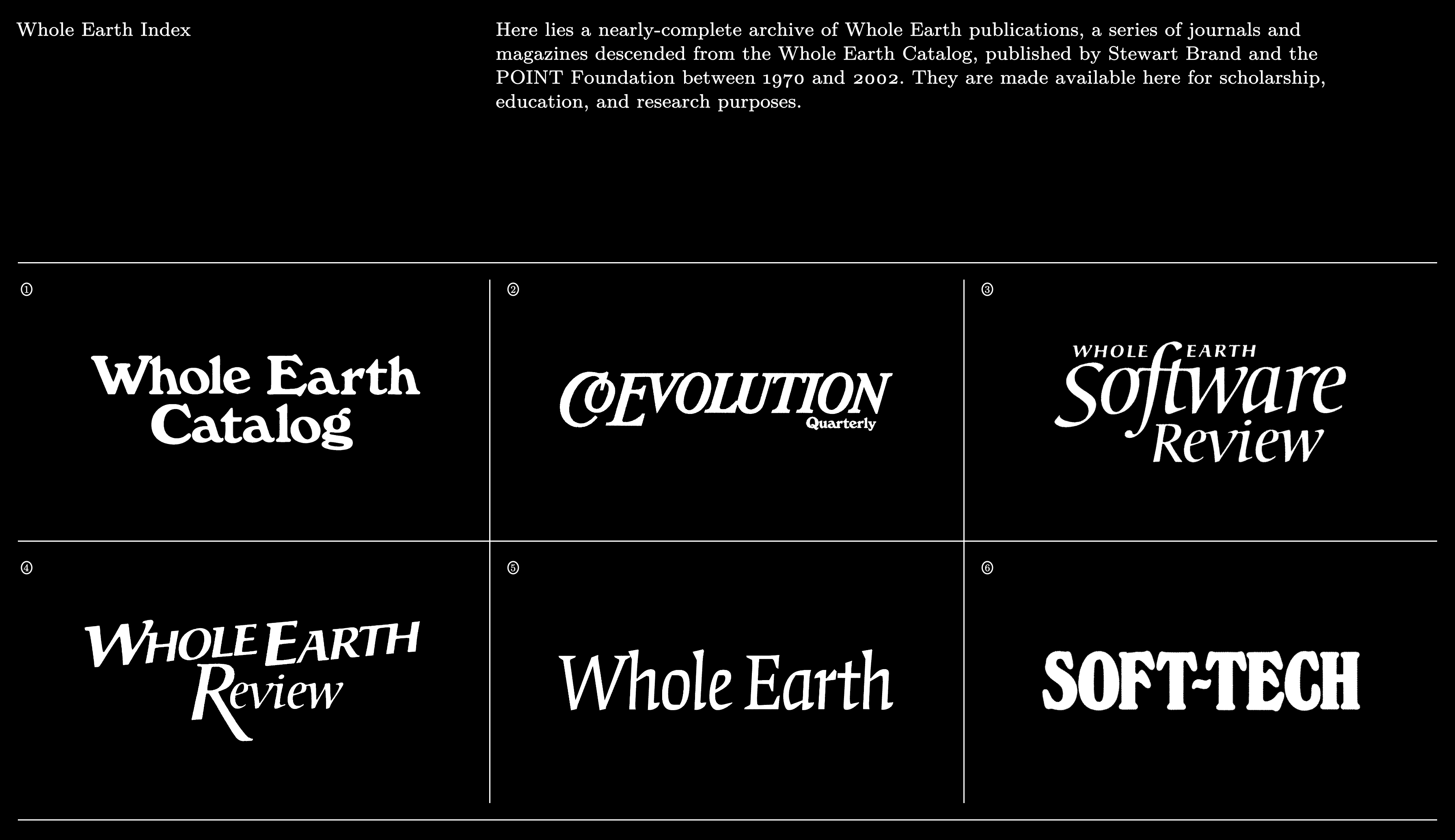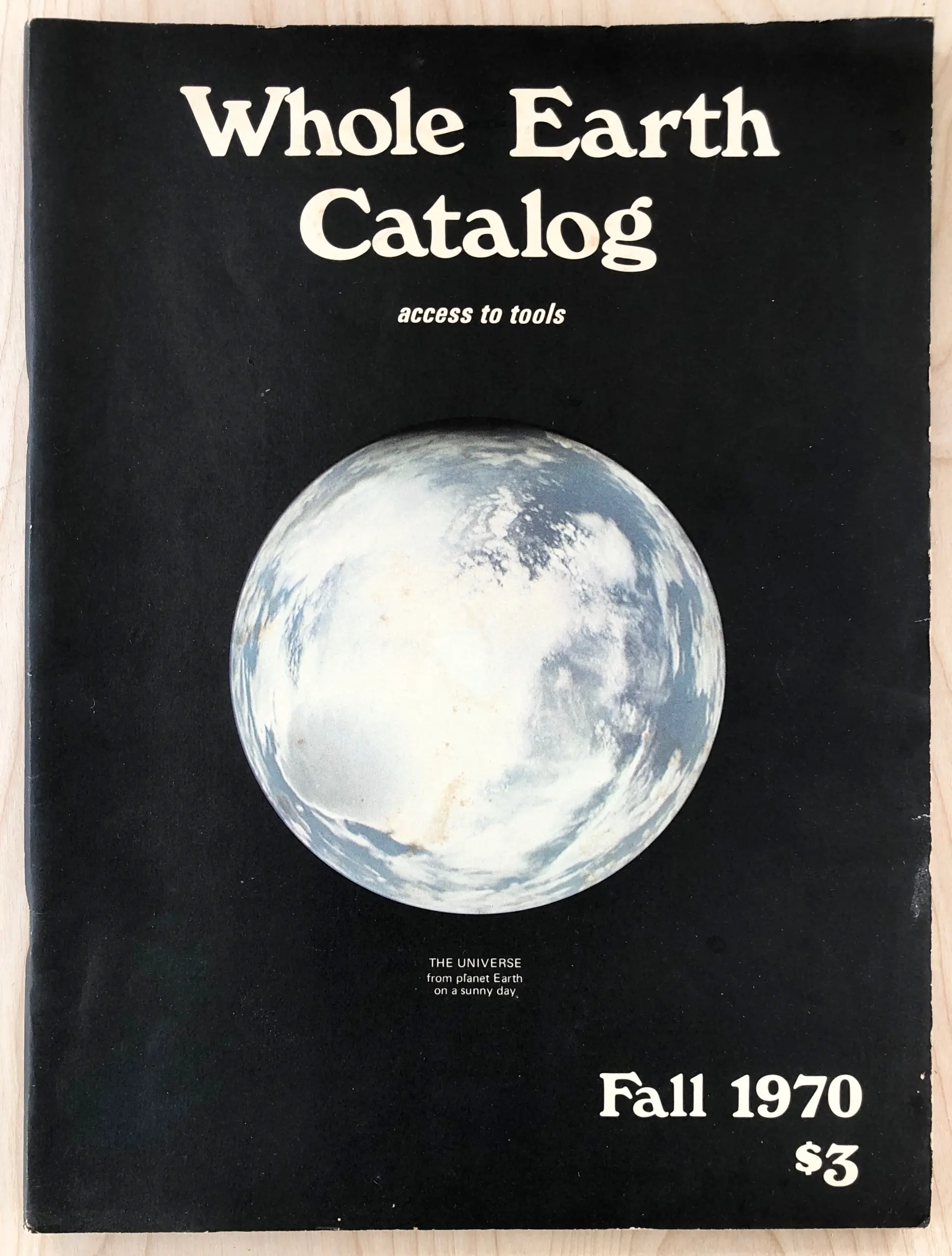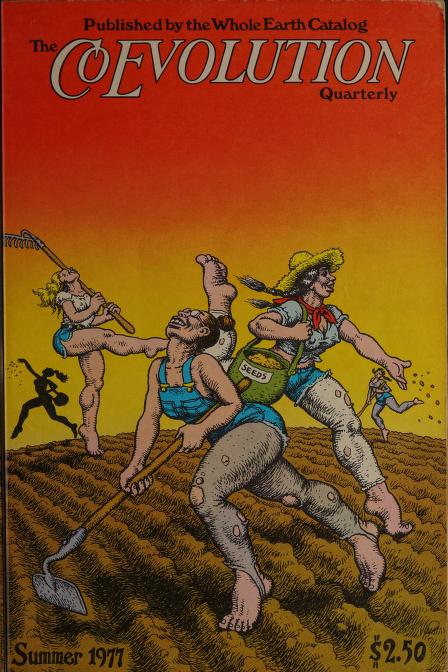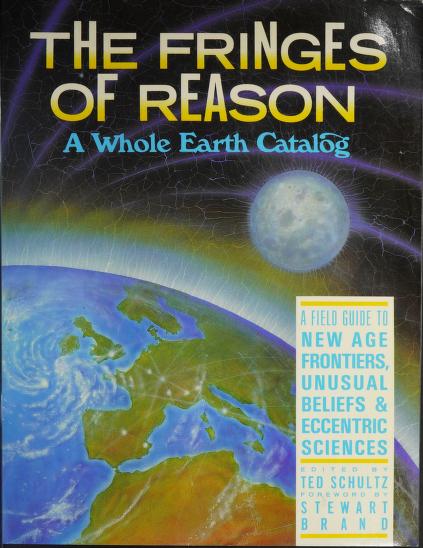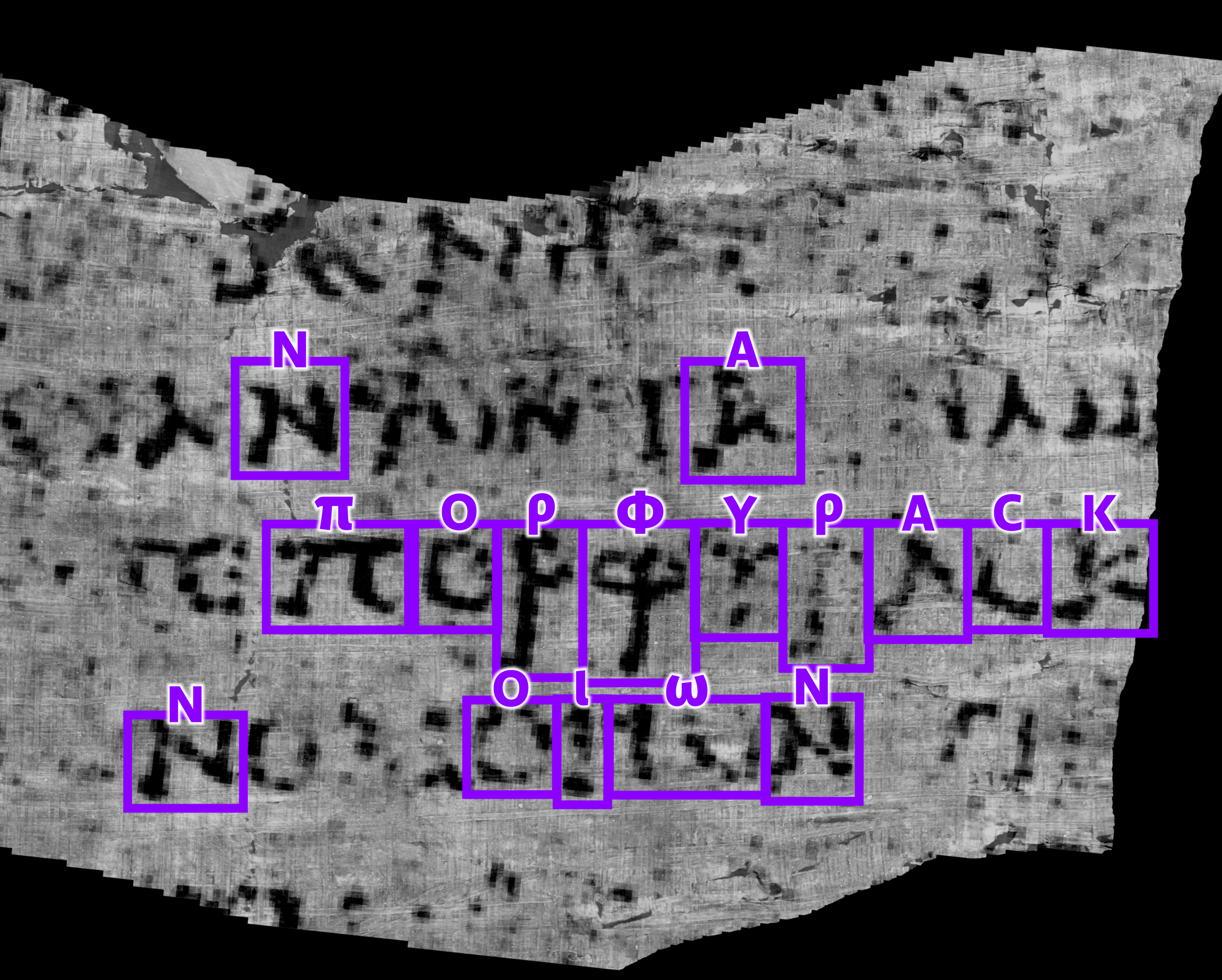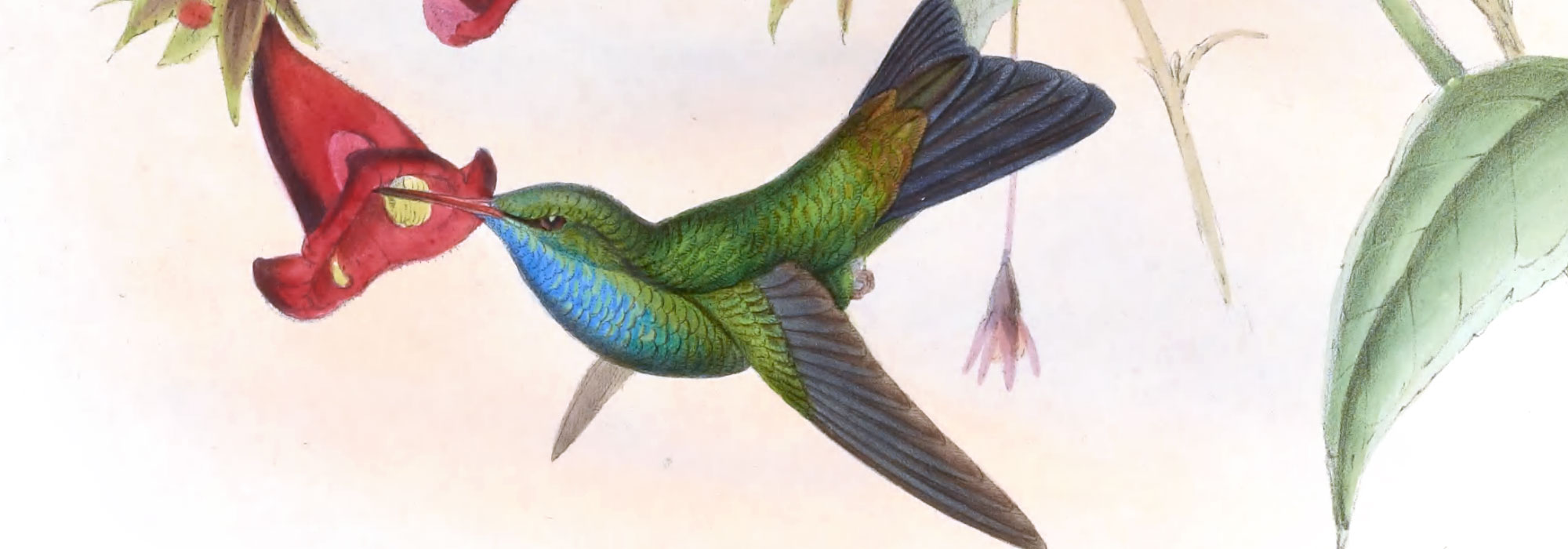Here on Open Culture, we’ve often featured the work of gallerist-Youtuber James Payne, creator of the channel Great Art Explained. Not long ago we wrote up his examination of the work of René Magritte, the Belgian surrealist painter responsible for such enduring images as Le fils de l’homme, or The Son of Man. Payne uses that famous image of a bowler-hatted everyman whose face is covered by a green apple again in the video above, but this time to represent a literary character: Leopold Bloom, the protagonist of James Joyce’s Ulysses. It is that much-scrutinized literary masterwork Payne has taken as his subject for his new channel, Great Books Explained.
Indeed, few great books are regarded as needing as much explanation as Ulysses. It was once described, Payne reminds us, as “spiritually offensive, anarchic, and obscene,” yet “in the hundred years since, the book has triumphed over criticism and censorship to become one of the most highly regarded works of art in the twentieth century.”
The strength of both this acclaim and this condemnation still today inspires a mixture of curiosity and trepidation. But as Payne sees it, Ulysses is ultimately “a novel about wandering, and we as readers should feel free to wander around the book, dip in and out of episodes, read it out aloud, and let the words wash over us like music.” It’s also “an experimental work, often strange and sometimes shocking, but it is consistently witty, and packed with a tremendous sense of fun.”
That latter quality belies the seven years of literary labor Joyce put into the book, all of it distilled into the events of a single day in Dublin, June 16, 1904, as experienced by Bloom, an “ordinary advertising agent” and a Jew among Catholics; the “rebellious and misanthropic intellectual” Stephen Dedalus, Joyce’s alter-ego and the hero of his previous novel A Portrait of the Artist as a Young Man; and Leopold’s “passionate, amorous, frank-speaking” wife Molly. (Payne represents Dedalus with Raoul Haussman’s The Art Critic and Molly with Hannah Höch’s Indian Dancer.) In this framework, Joyce delivers kaleidoscopic detail, from the quotidian to the mythological and the sexual to the scatological, all with a formal and linguistic bravado that has kept the reading experience of Ulysses fresh for 101 years and counting.
Related content:
James Joyce’s Ulysses: Download as a Free Audio Book & Free eBook
Why Should You Read James Joyce’s Ulysses?: A New TED-ED Animation Makes the Case
Everything You Need to Enjoy Reading James Joyce’s Ulysses on Bloomsday
The Very First Reviews of James Joyce’s Ulysses: “A Work of High Genius” (1922)
Read the Original Serialized Edition of James Joyce’s Ulysses (1918)
Based in Seoul, Colin Marshall writes and broadcasts on cities, language, and culture. His projects include the Substack newsletter Books on Cities, the book The Stateless City: a Walk through 21st-Century Los Angeles and the video series The City in Cinema. Follow him on Twitter at @colinmarshall or on Facebook.
